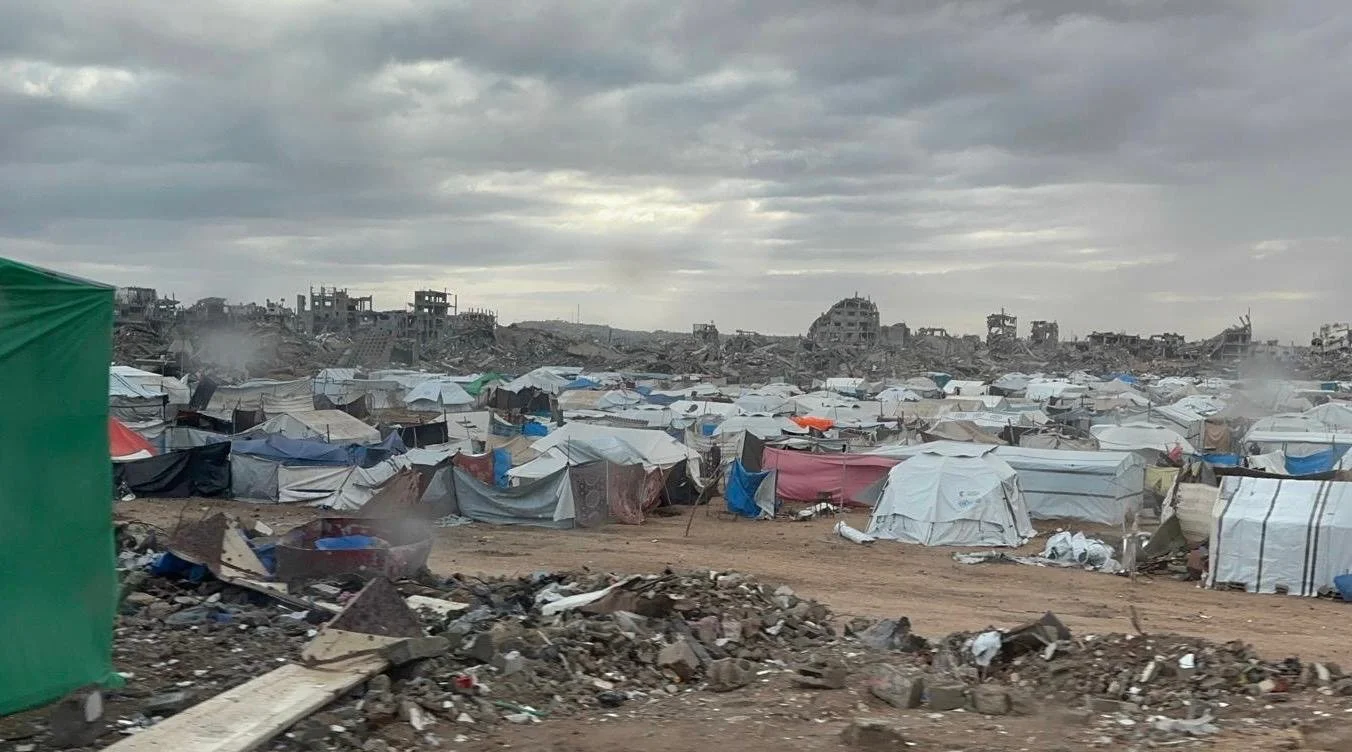From Debris to Life -What endures?
This is the second part in our series exploring people’s capacity for renewal and adaptation following devastation, through the combined lens of Mox’s work with the physical realities of recovery and Kirstien’s work with psychological experience.
We began with the question: What enables adaptation and growth in the midst of devastation?
Adaptation naturally occurs when there is no alternative. When its not possible to continue as before, to change the circumstances or leave them, people are forced to work with ‘what is’ rather than dwell in the despair of ‘what isn’t’.
In the case of Gaza right now, few buildings are left. The majority of the population is living in tents among the rubble. There is minimal functioning infrastructure: water is brought in by tankers, most goods and machinery are blocked from getting in, sewage pipes are destroyed, trees and wildlife are scarce, and the sea is polluted by open sewage. There is a constant threat to life from Israel’s ongoing attacks on civilians (despite the ceasefire), and no credible pathway for Palestinians to have security in their homeland.
In a context such as this, it’s no wonder that hope can seem delusional.
Yet, as Mox witnessed, people find ways to survive with what there is — making shelter inside precarious ruins, finding plants that grow relatively easily in poor soil, melting down plastic bottles to make fuel. Alongside this, people are taking actions to preserve damaged buildings of cultural heritage, sharing their experiences on social media, making art in the rubble, and writing down stories and songs that express their experience and continue their heritage. At a local event for rebuilding Gaza, titled From Debris to Life, people planted olive trees.
So while they survive in the here and now, they also invest in life for the future.
In a recent Zoom class with 15- and 16-year-old students in Gaza, organised through the Hands Up Project, Kirstien heard the students and their teacher describe their experiences of living with these circumstances and the massive scale of loss of family and friends. And alongside this, they spoke in depth about what they appreciated and valued — the small things, daily interactions, kindness, and faith.
It is hard to fathom how they could express such love, appreciation, and gratitude given the vast amounts of destruction, cruelty, and hostility they live with. And yet, it seemed that this was not just a choice but a necessary part of surviving.
‘i wait for scraps of hope to live in peace’ Nada Rajab, Artist and Co-ordinator of Art in the Rubble, Hands Up project in Gaza. Instagram - @nada_rajab8431


